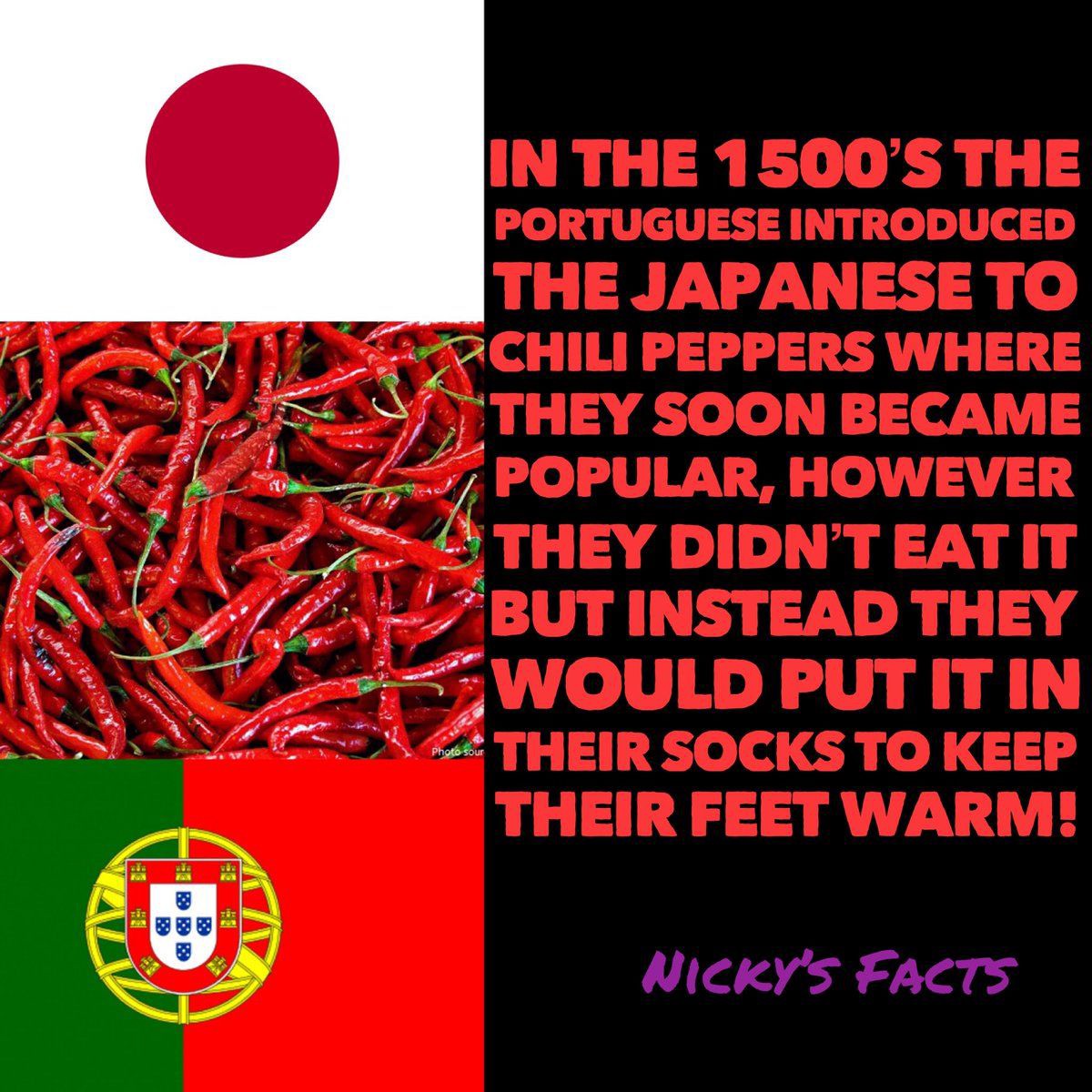This blog quoted below dedicated to washoku lists red pepper as a traditional part of Japanese washoku food.
However, Portuguese were the only ones who cultivated the miniscule chillies that were grown in pots on board ships.
The aji chillies were ornamental bird chillies, which were very small.
The Nanban Koshoo was only grown later ornamentally by curious Japanese, too.
Korai goshoo (same hanja characters as Goryeo gochu) is listed. Why call it Goryeo (Korea)? And, it seems the Japanese did not use Korean gochu pepper in food but recognized its distant source.
Aji chili brought by the Portugese and Korean gochu pepper are completely differenct species.
Besides as an ornamental decoration, what other purpose were the Japanese using aji pepper if not eating?
They were putting crushed pepper into their tabi toed socks as chemical foot warmers. Most likely they copied Portuguese sailor practices needing a quick fix to feel the sensation of warmth during long ocean voyages.
According to the washoku blog sources, Japan received the nanban “southern barbarian” aji pepper from Europeans in 1605. The massive Japanese invasion of ancient Korea, the Imjinwaeran invasion from 1592 to 1598, had just ended with utter defeat and Japanese expulsion. If 1605 date is correct, then at what point did the Portugese aji wind up in Korea when the defeated Japanese were shut out, and how could a different species of pepper be transformed into a completely different species?
Korea must already have cultivated native gochu pepper long before the Imjinwaeran invasion as historical ducuments attest. In fact, Japanese historical documents state the opposite flow. The Japanese seized a different pepper “koorai koshu” or Goryeo (Korea) gochu from Korea during the Imjinwaeran invasion, perhaps as a potential money making offering to Portuguese slave traders that had no access to the ancient Korean Joseon Dynasty goods and especially prized Korean pottery (however, Hideyoshi further funded the war by selling a fresh supply to the eager Portuguese slave traders many brutally kidnapped Koreans when the supply of Japanese slaves, mainly women and girls, ran out).
Washoku is very confused. Foot powder becomes part of washoku.
https://washokufood.blogspot.com/2009/0 … r.html?m=1
toogarashi 唐辛子 (とうがらし) red pepper, hot pepper
Capsicum annuum, roter Pfeffer, dried chili pepper
….. 唐辛(とうがらし)、….. 蕃椒(とうがらし)
nanban 南蛮(なんばん)、nanban koshoo 南蛮胡椒(なんばんこしょう)
pepper from the “Southern Barbarians” (the first Europeans coming in via Nagasaki around 1605)
koorai koshoo 高麗胡椒(こうらいこしょう)pepper from Koorai-Korea

